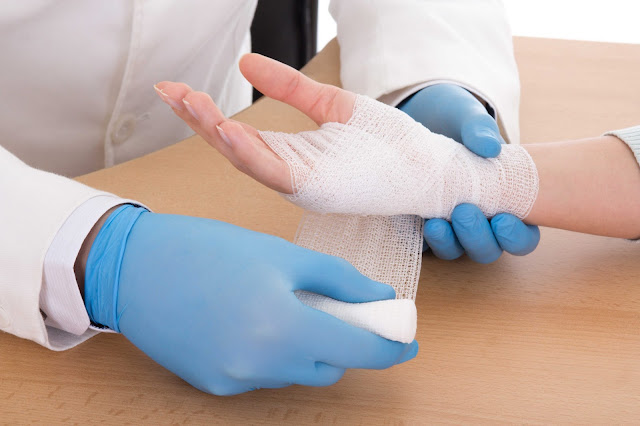Medications for wound healing can be found in many forms. These include oral medicines, compound medications, growth factors, and injections. There are even natural remedies for wound healing. Honey is one of these. But before you decide on a treatment, you should know what your options are. This article will explain some of the most common options.
Compound medications
Compound medications are effective treatments for a variety of wound types. Whether a surgery scar is infected or an insect bite is painful, compounded medications can help the wound heal and return to normal function. Compound medications can also be used to treat pressure sores, cellulitis, diabetic ulcers, and vascular lesions.
Among the compounded drugs used in wound healing, phenytoin promotes granulation tissue formation, misoprostol promotes wound healing, and metronidazole provides antimicrobial effects. Using a multidisciplinary approach to wound care, a compounding pharmacist can create customized solutions for patients. For example, he or she may optimize transdermal drug therapy in elderly patients and optimize the dosage of an opiate in a wound.
Oral medications
There are many oral medications on the market, but not all of them have been shown to help with wound healing. Some have been shown to hinder wound healing while others may have potential benefits. In this article, I will discuss several different oral drugs that may improve wound healing, build new tissue, or slow the process of wound healing.
Those with suppressed immune systems are at higher risk for developing wound infections. This includes people on steroid medications, cancer patients undergoing chemotherapy, and people on dialysis. People who take these drugs should seek medical attention immediately if they are experiencing signs of wound infection.
Injections of growth factors
Injections of growth factors can have a significant impact on the healing process of a wound. These proteins have critical roles in cell signaling and tissue repair. Although the use of growth factors in surgical procedures is limited, research continues to uncover the potential of these proteins. These molecules are already available in approved medications such as PRF, PRP, and TGF-b. The next step is to identify how these compounds interact to promote wound healing.
Injections of growth factors are an alternative to surgical treatment. These substances stimulate fibroblast growth and promote wound healing. The application of these products is less invasive than other treatments. However, some potential complications are involved. The injection of growth factors can cause allergic reactions in patients, so it should be used with care.
Honey
Honey can be a useful healing agent for wounds. Recent research suggests that it can reduce the risk of developing infection and promote wound healing. It also has antibacterial and debriding properties. Its antibacterial activity reduces the presence of infectious bacteria and reduces the formation of inflammation. It is also beneficial for the healing of burns and skin lesions.
Honey can be used to treat acute wounds, superficial wounds, and partial thickness burns. Its antibacterial properties are attributed to its osmotic and acidic properties. Studies have shown that it also reduces the inflammatory response and reduces pain in burn patients. However, it has been found ineffective for chronic wound management.
X-rays
In some cases, a patient may be treated with X-rays for wound healing. These treatments are generally safe and do not cause any side effects, but they do require careful preparation. For example, people should remove eyeglasses and other metal objects before they are subjected to X-rays. A contrast medium may also be injected into the patient in order to better define specific areas of the body on an X-ray image.
For patients with wounds that are long-standing, it is important to undergo imaging. It can help physicians rule out underlying pathology and help plan treatment. Additionally, local ulcerations may develop into deeper infections such as an abscess or deep sinus. Advanced imaging can also help doctors pinpoint the location and extent of the infection, and may change treatment plans.
Fluoroscopy
Fluoroscopy is a diagnostic procedure that can help physicians determine the location and condition of wounds. It can be performed on an outpatient basis or as part of a hospital stay. Before the procedure, patients will be given the opportunity to ask questions and review any relevant medical information. If possible, it is a good idea to bring a family member or trusted friend with you for support. This person can help you remember details of the procedure and take notes. The doctor will also provide pre-procedure instructions for you to follow.
A fluoroscopy is a valuable tool in many types of procedures. While some procedures can be performed the same day, such as catheterization, others require a hospital stay and general anesthetic. Local anesthetics are often used for a catheterization procedure, while general anesthetics are used to put the patient to sleep and prevent him or her from feeling or remembering the surgery.

